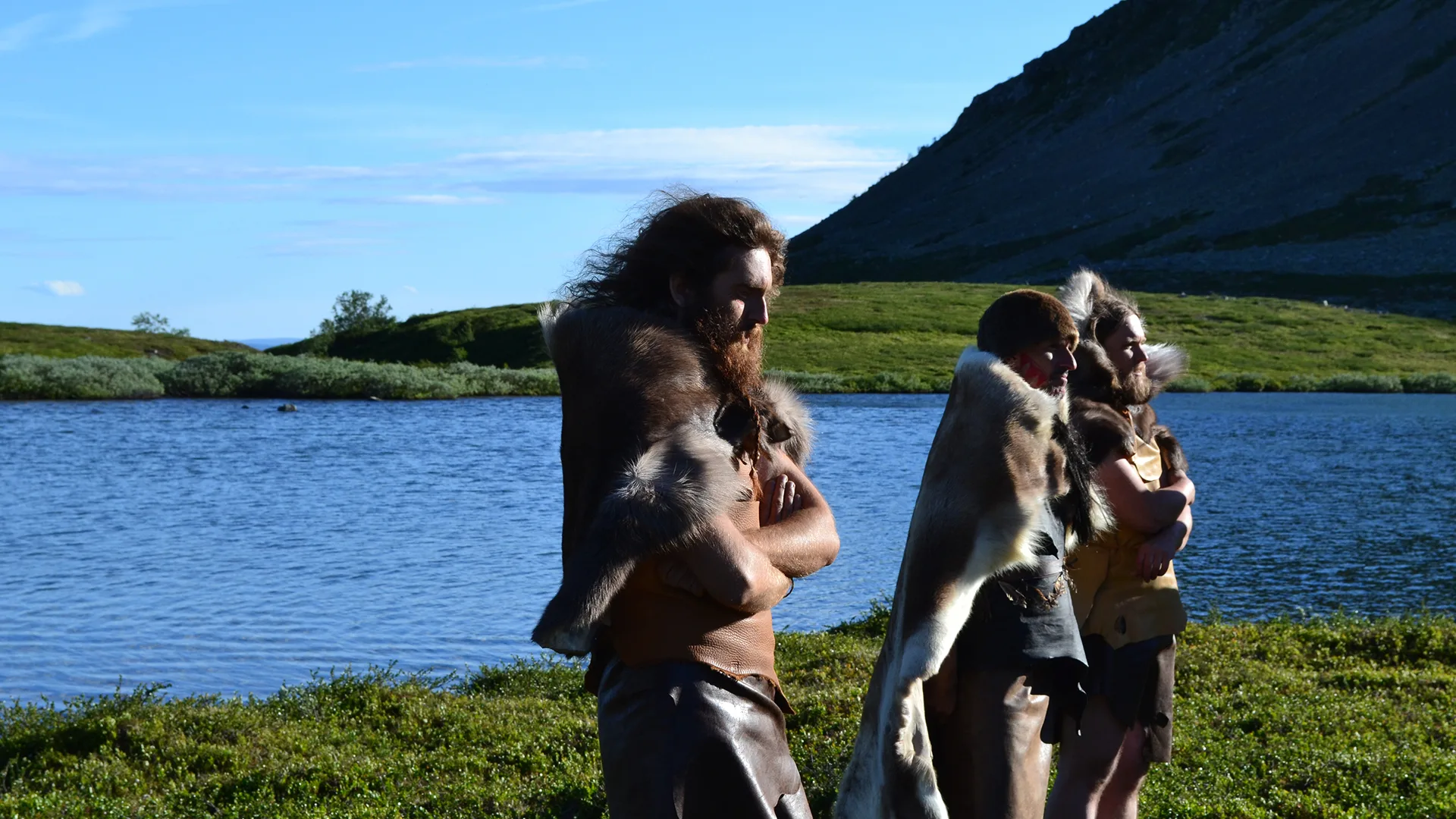Intro to the Nordic Stone Age
Stone Age
12,000 BC – 1700 BC
Bronze Age
1700 BC – 500 BC
Iron Age
500 BC – AD 1100
Prehistoric people lived in a time we now call the Stone Age, a period that lasted until about 1700 BC. Amazingly, the Stone Age covers more than 10,000 years of human life, and the traces we have found from that time are extensive.

Archaeological finds tell us about everyday life
Archaeology has given us traces from all over the country of places where Stone Age people lived, gathered raw materials, stayed for shorter periods, made offerings and buried their dead. The objects from these sites are preserved in the museum collections, everything from everyday tools of stone and bone that were vital for survival, to decorative and artistic objects made from rare materials. You can see great skill in craftsmanship, but also failures and half-finished things that someone gave up on.
Life in the Stone Age
Prehistoric people were like today's people in many ways. They expressed themselves through art, dressed nicely, socialised and celebrated. But their lives were also marked by conflict, illness, hard work and setbacks. They lived in a world very different from our own.
It was a quieter world with no cars, trains or planes. A darker world with no electricity. A world without services like shops, hospitals and built roads, and without materials such as plastic and iron. Using natural resources and the help of other people, they shaped their lives according to the conditions of their time.



